Getting it right for every child (GIRFEC): practice guidance 2 - role of the named person - easy read
This guidance on the role of the named person is intended for practitioners and service leads that work with children, young people and families. This guidance clarifies who would be the appropriate practitioner to fulfil this role.
The Named Person
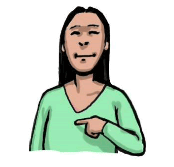
Children, young people and families need to know who they can contact when they need support. GIRFEC says there should be a named person who gives the information, advice or help that is needed.
Who should be the named person?
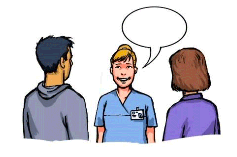
The named person is usually from health or education services. It is someone that the child and family know and who can develop a supportive relationship with them.

A named person will work together with services like social work, police and mental health services.

The child, young person and family should have clear information that says who their named person is. They should know how to contact them if they need support or guidance. The named person should contact the child and family to offer them support.
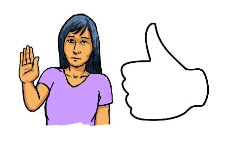
Children and families do not need to accept all the advice or support from a named person. This decision will not affect the advice, help or support they get.

Before children start school the named person is usually their Health Visitor or Family Nurse.

For school age children and young people, the named person is usually a teacher. This can be a Principal Teacher, Depute or Head teacher. The local council should be clear in telling families who their new named person is.
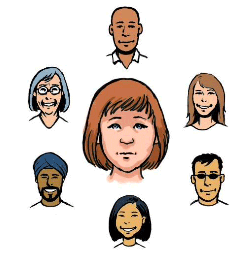
Some families might have access to more than one named person if they have several children of different ages. These named persons will work together to give support and meet the needs of the children, young people and family if needed.
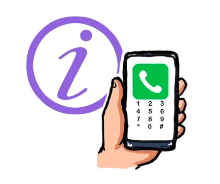
If a child, young person or family need support from a named person outside the school term, they should contact their local council. Local councils should make contact details available outside term time.

Young people leaving school education before the age of 18 will still be offered a named person. The local council should find a new named person for the young person. This could be a teacher or other local council worker the young person already knows.

The young person and their family should be informed who the named person is and how they can contact them.
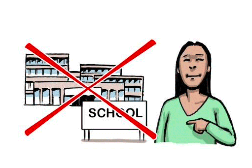
Children and young people of school age who are not at school (home educated) should also have a named person. The local council should find a suitable named person and tell the child, young person or family what support is available.

Where children and young people attend independent or grant-aided schools, they should still have a named person. The named person should be a promoted teacher.
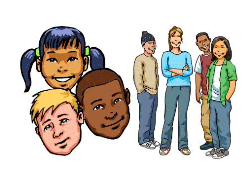
For children and young people who live in secure care, the manager will be the named person. In Young Offenders Institutes, the Unit Manager should be the named person.

Children and young people who have been looked after by a local authority will continue to get support from their named person until they are 18.

There is no named person role when a woman is pregnant. However, midwives use GIRFEC principles to support families to give their child the best start in life.
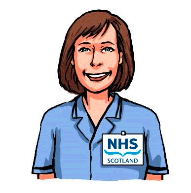
A family nurse supporting a young mother can take on the role of named person until the child is two years old. After this, the role should be taken on by the Health Visitor.
The role of the named person
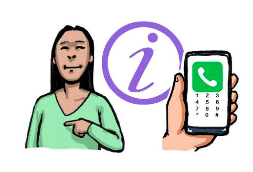
The named person promotes wellbeing and forms relationships with the child, young person and their family. They are a clear point of contact for anyone concerned with the child's wellbeing.
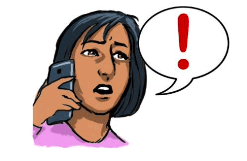
Any concerns that the child or young person might be at risk of harm from abuse, neglect or exploitation should be shared with police or social work right away.

If the named person knows about a wellbeing need, they will work with the child, young person and their family. They will speak to other agencies if needed. They will work out what support is needed.
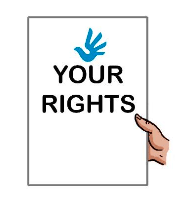
Children and families should be made aware of their rights about information sharing.
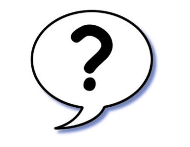
If the named person has a concern about a child or young person's wellbeing they will ask these questions:

- What is getting in the way of wellbeing?

- Do I have all the information I need to help?
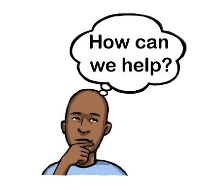
- What can I do now to help?
- What can my service do now to help?

- What other help is needed from others?

Sometimes a child, young person and family may no longer want to work with their named person. The first named person should work with the local NHS board or council to find a new named person.

The child, young person and family should be fully involved in decisions about who the new named person will be.
A key role at transition points
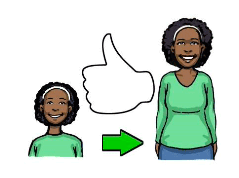
Key transition points are times of important change in the child or young person's life, like leaving school. The named person will help with assessment and planning at these times.
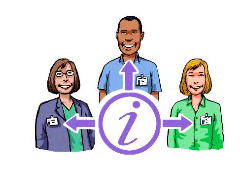
The named person will make sure the correct information is shared with the new named person. They might have to share information even if the child, young person or family choose not to accept their support.

For children and young people with additional support needs, the named person will help make sure that additional support is found and provided.
When further information is found

Workers may need to provide more support as they find out more about a child or young person's wellbeing needs.

The child or young person should have the chance to say what they think about the sharing of their information. This should be taken into account along with their age and maturity.
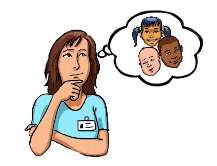
If the named person finds more concerns about the wellbeing of the child or young person, there are two options:
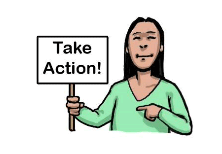
1. It might be possible to make changes within the service that is giving support. It might not be necessary to do a new assessment and plan.
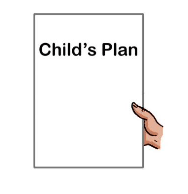
2. A new assessment and plan is made with the help of the child, young person and family. The named person might take the role of lead professional, or someone from another service or organisation might take this role.
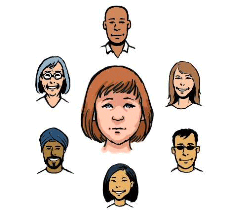
The named person should support the child, young person and family to ask for support from other organisations. This request will be based on the new assessment
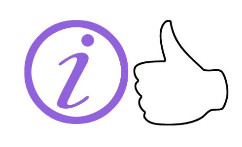
There should be clear discussion with the child, young person and family so they understand why decisions are being made.
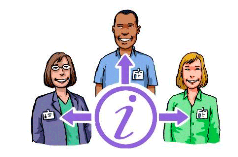
This kind of trust and co-operation is central to the success of GIRFEC. Extra information might be needed to get a full picture of the child or young person's needs. This information could come from education, health or from voluntary organisations.
Information sharing about children and young people's wellbeing needs

This series includes Information Sharing Charters for children and young people and parents and carers. These explain how children, young people and families can expect information about them to be shared.
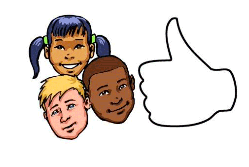
These Charters also aim to make rights about privacy easier to understand. Information should only be shared when it is for the wellbeing of the child or young person, and it is lawful to do so.
Contact
Email: GIRFEC@gov.scot
There is a problem
Thanks for your feedback